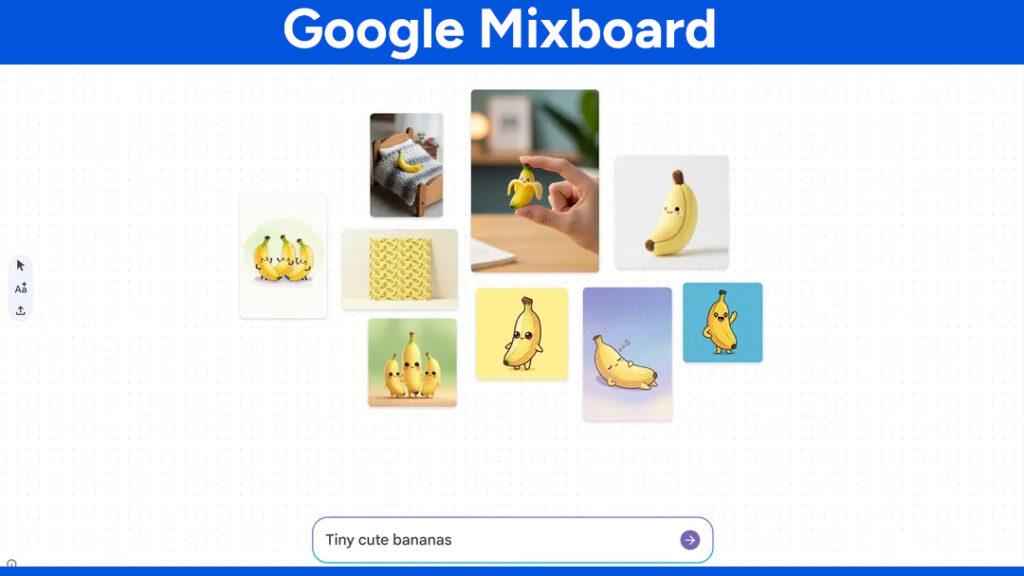How to Be a Good QA Engineer – Step-by-Step Guide
So you’ve decided you want to be a QA Engineer. Or maybe you’re already working in the field but want to step up your game. Either way, welcome aboard! Quality Assurance (QA) is one of those roles that often goes underappreciated—until a bug sneaks into production and everyone suddenly turns to QA with wide eyes. 😅

Being a good QA engineer isn’t just about breaking stuff. It’s about ensuring software works reliably, preventing bugs before they happen, and being the last line of defense before a product meets real users.
If you’re wondering how to grow in this career—or even how to start—this step-by-step guide has your back. Let’s walk through how to truly become a great QA engineer in today’s fast-moving tech landscape.
Step 1: Understand What a QA Engineer Really Does
Before you jump into test cases and automation scripts, take a moment to understand the core mission of QA: ensuring product quality from the user’s perspective.
While developers build features, QA engineers:
- Think like the end user
- Catch bugs, inconsistencies, and usability issues
- Write and execute test plans
- Automate repetitive tests
- Collaborate with developers, product owners, and designers
- Help teams ship with confidence
It’s not just about finding what’s broken—it’s about improving the overall development lifecycle.
Step 2: Learn the Basics of Software Testing
To become a great QA engineer, you need to master the fundamentals first. Here’s what you need to study and understand thoroughly:
Types of Testing
- Manual Testing
- Automation Testing
- Black Box vs White Box Testing
- Functional and Non-functional Testing
- Regression Testing
- Smoke and Sanity Testing
- Exploratory Testing
- User Acceptance Testing (UAT)
Key Concepts to Know
- SDLC (Software Development Life Cycle)
- STLC (Software Testing Life Cycle)
- Bug/Defect Lifecycle
- Test Case Design Techniques
- Agile and Scrum Methodologies
Start with manual testing first. It’ll teach you how to think like a QA engineer before you ever touch a line of code.
Step 3: Get Comfortable with Test Case Writing
Good QA engineers are excellent communicators—and your test cases are your communication tools. Writing a test case is more than just checking if a button works. You’re describing:
- What needs to be tested
- How to test it
- What the expected result is
Tip: Always make your test cases clear, concise, and easy to reproduce.
Start with Excel or Google Sheets. Later, you’ll use tools like TestRail, Xray, or Zephyr.
Step 4: Master the Tools of the Trade
QA today is much more tool-driven than it was a decade ago. To be a strong player in the industry, you’ll need hands-on experience with the most popular tools:
Testing & Bug Reporting Tools:
- JIRA (for bug tracking)
- TestRail, Zephyr, or Qase (for test case management)
- Postman (for API testing)
- Charles Proxy or Fiddler (for network traffic debugging)
Automation Testing Tools:
- Selenium (browser automation)
- Cypress (modern web testing)
- Playwright (gaining popularity)
- Appium (for mobile testing)
- TestNG, JUnit, PyTest (test frameworks)
CI/CD and DevOps Tools:
- Jenkins
- GitHub Actions
- Docker (for test environments)
Pick one stack and go deep. For web testing, Selenium + Java or Cypress + JavaScript is a solid combo to start with.
Step 5: Learn to Code (Even Just a Little)
While not strictly required for every QA job, having basic programming knowledge makes you 10x more valuable. Especially for automation roles, it’s essential.
Focus on:
- JavaScript or Python (easy to learn and widely used)
- Java (common in enterprise testing)
- Writing basic scripts, loops, and functions
- Reading error logs and debugging issues
You don’t need to build an app. You just need to write test scripts, understand code logic, and collaborate better with developers.
Step 6: Practice Bug Reporting – The Right Way
Anyone can say, “The login page is broken.” But a good QA engineer files high-quality bug reports that developers actually appreciate.
Here’s how:
- Title: Clear and to the point
- Steps to Reproduce: Detailed but concise
- Expected Result vs Actual Result
- Screenshots or videos
- Environment info (browser, OS, version)
Your goal: Help devs fix the issue faster, not frustrate them.
Step 7: Learn API Testing
Modern applications rely heavily on APIs, especially mobile and web apps. Understanding how to test APIs will immediately level you up.
Start with:
- Postman – Send GET/POST/PUT/DELETE requests
- Swagger/OpenAPI – Read API documentation
- Auth tokens, headers, and JSON data
Knowing API testing lets you find backend bugs before the UI is even ready.
Step 8: Embrace Test Automation Gradually
When you’re ready, start writing automated test cases.
Don’t automate everything right away. Start with:
- Repetitive smoke tests
- Critical user flows
- Login & registration flows
Use:
- Selenium WebDriver with Java/Python
- Cypress or Playwright for modern JS testing
- TestNG or JUnit for structuring tests
Set up a local automation project on your laptop, and run tests via command line or IDE (like IntelliJ or VS Code). Then integrate them into CI/CD for bonus points!
Step 9: Communicate Like a Pro
A good QA engineer isn’t just a tester—you’re part of the product team. Your ability to communicate findings, risks, and suggestions clearly can make or break a release.
✔ Speak up during sprint planning
✔ Collaborate closely with devs and PMs
✔ Share feedback constructively
✔ Document everything properly
✔ Advocate for the user
Soft skills matter. Especially in agile teams.
Step 10: Stay Curious and Keep Learning
Technology changes fast. The best QA engineers are lifelong learners.
Keep exploring:
- New testing tools and frameworks
- Trends like AI in QA, performance testing, and shift-left testing
- Communities like Ministry of Testing, TestGuild, and Reddit QA
- Blogs, YouTube channels, and online courses
Bonus: Contribute to open-source testing projects on GitHub to gain experience.
Step 11: Learn Beyond Testing – Become Product-Aware
You don’t need to be a product manager, but you should understand how the product works from a business and user perspective. Ask:
- Who is the end user?
- What problem is this solving?
- What metrics define success?
Being a product-aware QA means you can test smarter, not harder. You’ll catch not just bugs, but bad experiences.
Step 12: Explore Advanced Areas (Optional but Powerful)
Once you’ve got the fundamentals, you can go deeper based on your interest:
Performance Testing
- Tools: JMeter, k6, LoadRunner
Security Testing
- Focus: XSS, SQL injection, token validation
AI & Machine Learning Testing
- Newer field, but growing rapidly
Cross-Browser & Mobile Testing
- Tools: BrowserStack, Sauce Labs, Appium
Step 13: Build a Portfolio (Yes, Even for QA!)
Want to impress recruiters? Build a mini portfolio:
- Sample test cases
- Automation scripts on GitHub
- A short write-up of bugs you’ve found (even from public apps!)
- API testing collections in Postman
- Personal blog or LinkedIn posts about QA insights
This proves your skills and helps you stand out.
What Makes a QA Engineer Great, Not Just Good?
Being a “good” QA engineer is about checking boxes. Being “great” means:
- Thinking critically
- Anticipating edge cases
- Communicating clearly
- Being a user advocate
- Constantly improving yourself
You’re not just a bug-hunter. You’re the guardian of quality. And that’s a big deal. 🚀
Your QA Journey Starts Here
If you’ve made it this far, congrats—you already have the right mindset. Becoming a good QA engineer isn’t about memorizing tools or jargon. It’s about being curious, consistent, and committed to quality.
Follow these steps, practice regularly, ask questions, and never stop learning. You can also explore more opportunities in QA through How to Get Paid to Test Apps and Games: A Practical Guide for Beginners.
Whether you’re preparing for your first QA job or aiming to become a senior-level tester, remember this: QA is not a sidekick role. It’s central to great software.
# Written by Elliyas Ahmed





